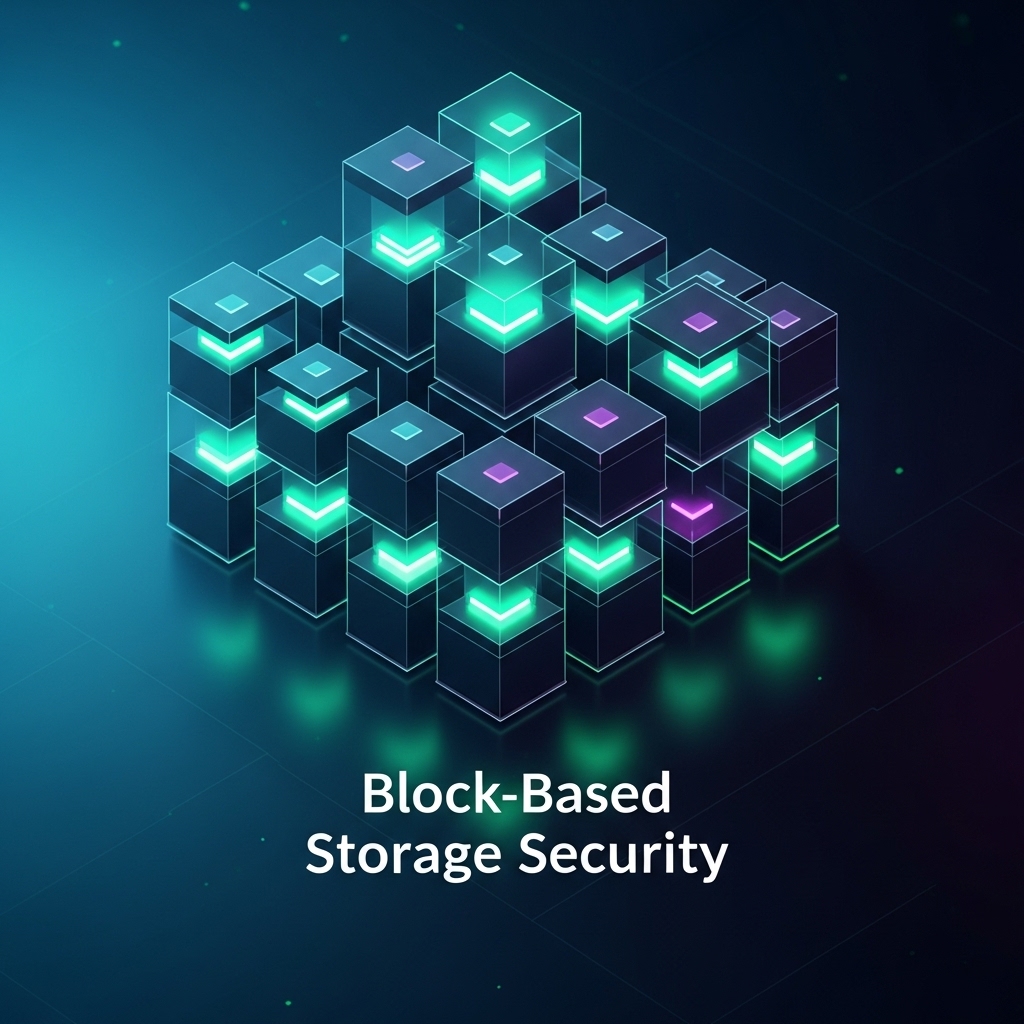What is Block-Based Storage?
Block-based storage is a data storage architecture in which data is divided into fixed-size blocks—typically 512 bytes, 1 KB, or 4 KB—and stored independently, each with a unique address. These blocks are managed by storage systems that allow for high-speed, low-latency access and flexible deployment across various platforms. Block storage is commonly used in enterprise environments, databases, and virtual machines where performance and scalability are critical.
Key Characteristics of Block-Based Storage
Fixed-Size Data Segments
Data is broken into uniform blocks and stored independently, enabling efficient read/write operations and quick data retrieval across high-performance systems.
Flexibility and High Performance
Because data can be accessed non-sequentially, block storage provides fast and random access to information, making it suitable for high-load applications and real-time processing.
Compatibility with Multiple File Systems
A block storage device can host different file systems, allowing it to serve as the underlying structure for diverse operating systems and software environments.
Scalability and Centralized Management
Block-based storage is ideal for use in cloud environments and virtualized infrastructures, as it supports flexible provisioning, partitioning, and centralized control for managing large volumes of enterprise data.
Cybersecurity Considerations for Block-Based Storage
While performance and scalability are often the primary focus of block storage, security must not be overlooked. Below are the key cybersecurity elements critical to securing block-based storage infrastructures:
Access Control
Implement strict access control policies to ensure that only authorized users can read, write, or modify specific storage blocks. Role-based access models help minimize overprivileged accounts.
Data Encryption
Apply robust encryption both at rest (within blocks) and in transit (during data transfer) to prevent unauthorized data exposure and ensure compliance with privacy regulations such as GDPR, HIPAA, and ISO 27001.
Monitoring and Auditing
Track all access and interactions with storage systems. Maintain detailed audit logs for security events, especially for sensitive data blocks, to detect anomalies and support incident response.
Storage Segmentation
Segment block storage logically across departments, applications, or security zones. This containment strategy limits the scope of a breach and prevents lateral movement within the system.
Backup and Recovery
Utilize block-level backups to ensure high-fidelity data restoration in the event of data corruption, ransomware, or disaster scenarios. A well-structured recovery strategy is essential for business continuity.
Conclusion
Block-based storage provides a robust foundation for enterprise IT infrastructure, offering performance and adaptability at scale. However, without proper security controls in place, it can become a high-risk element in the threat landscape. Integrating cybersecurity principles such as encryption, access management, and continuous monitoring ensures that block storage solutions are not only efficient but also resilient against modern cyber threats.












